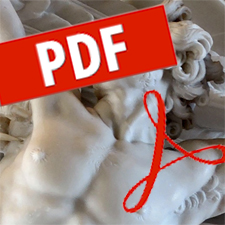Description
By T. Hughes
The objective of the paper is to demonstrate how the theoretical ideas of service-dominant logic (S-D logic) can usefully be applied to innovation through collaboration among university, industry and government. The debate around S-D logic has stimulated much discussion of three areas that are particularly pertinent in considering the co-creation of knowledge within the Triple Helix. The first area relates to understanding the nature of the resources provided by all the parties involved and the process through which they are integrated. The second area relates to interaction among the parties involved. The third and most complex area relates to how value is perceived by the different parties. This discussion leads to a proposed model of the co-creation process and four suggested research agendas: Research Agenda One, looking at the resources supplied by the parties and their integration; Research Agenda Two, concerning the interaction practices that enhance co-creation; Research Agenda Three, exploring what value propositions will motivate the different parties to co-create; and Research Agenda Four, considering how co-creation modifies the resources of the parties involved. A model of the co-creation process that encompasses these four research agendas and provides a conceptual framework to analyse Triple Helix initiatives is proposed. Some practical implications are then discussed relating to the challenges posed for researchers.
page: 337 – 350
Prometheus: Critical Studies in Innovation
Volume 32, Issue 4
SKU: 0810-9028971613
